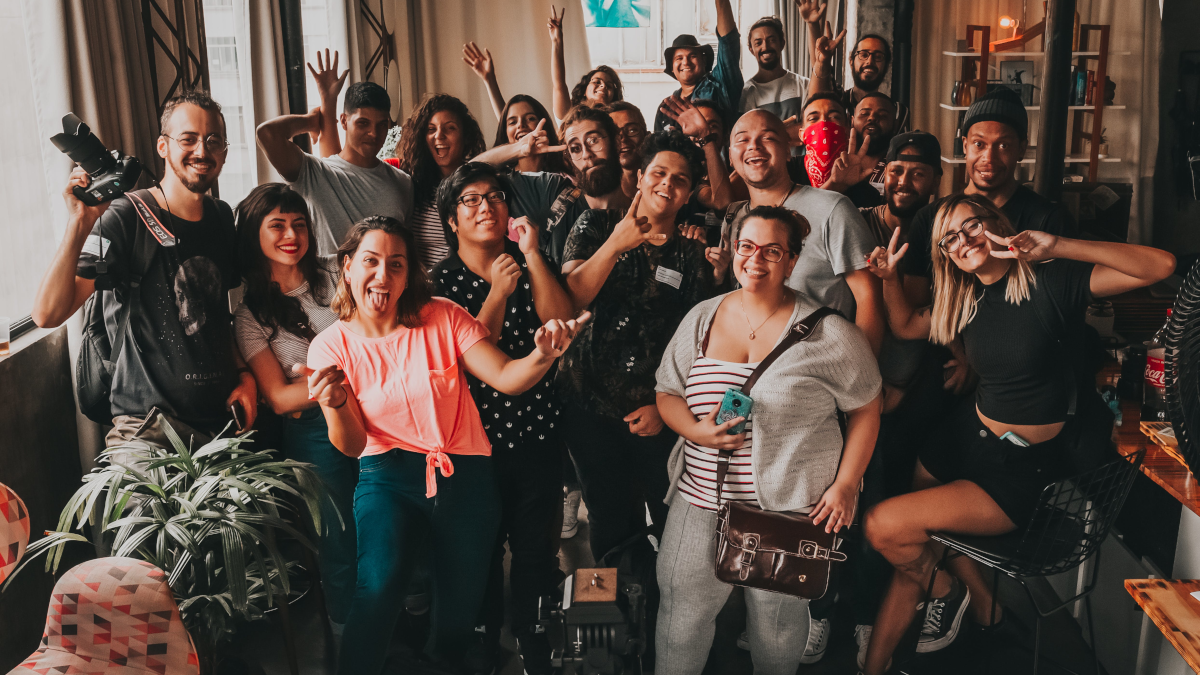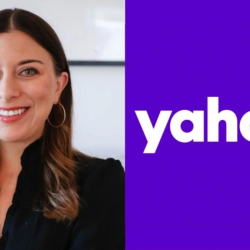We’re inundated with content in the digital world…
Audiences are demanding more meaningful connections and its reshaping brand approaches as they put a core focus on subcultures. Thriving in this new landscape requires more than well-funded media ‘eyeballs’. For brands looking to overcome natural scepticism, they need to be actively participating with communities and making a genuine contribution. But they also need to walk the tightrope between engagement and intrusion.
How can brands get this balance right? Understanding community expectations and behaviours (on both established and emerging platforms) is a start. This guarantees greater attention and a more meaningful role in consumers’ lives.
Sephora’s Beauty Insider community, for example, is now six million strong. Through forums, groups, galleries, and tools for the beauty obsessed, the brand has successfully facilitated connections and interactions between those with similar beauty interests and preferences.
Adidas launched its Discord server to coincide with its collaboration with Prada ahead of the ‘Into the Metaverse’ activation. Catering for existing Adidas Originals fandom, and pre-empting buzz around the collab, their approach leaned heavily into supporting the community rather than overt promotion that feels inauthentic. Adidas created topic-based channels to start conversations, customer service chatlines, AMAs (Ask Me Anything), as well as brand news. Not only did this provide their most ardent fans with practical support and engaging content they would genuinely benefit from, but they were also able leverage Discord’s established tech enthusiasts who are more primed to explore a metaverse activation.
But while social platforms offer spaces for discussion on topics that a community finds mutually interesting or beneficial, it’s important to remember that these platforms are not communities in and of themselves. From employee networks and customer groups, to causes, interests, brands should seek them out with the understanding that users often interact across a range of platforms. They should choose where to connect based on functionality and benefits.
A marketer’s objective should go further than engagement or reach
Instead, we need to treat building a role in communities as we would brand campaigns: solving higher order audience problems with ideas based on real insight.
Gymshark is a case in point here. The brand made being in a ‘community’ their focus from day one. Littered through every single piece of Gymshark’s comms are references to the brand being a ‘family’, and its marketing has a core of initiatives and incentives that add value to being part of that ‘family’.
Gymshark knows that platforms aren’t communities — and that communities don’t necessarily live in one place. It exists as an idea that it anchors beyond digital and into physical spaces, spanning channels, pop-ups and events. As a result, Gymshark’s product is more like community merchandise.
Its fast growth shows that it’s clearly working.
But as with any campaign, brands showing up in communities authentically remains imperative — and getting this wrong with communities can have disastrous effects. A ham-fisted approach could be seen to take advantage of a community rather than adding value, which will alienate audiences and create barriers to getting them back.
If brands use the wrong language, or involve themselves in a sensitive subject with little knowledge or credibility, backlash can be sharp and risks long-term reputational damage. We saw the reaction to Tampax’s Tweet last year, which saw the brand accused of ‘sexualising women’. And misguided examples like this aren’t singular. Every year during Pride we see swathes of brands accused of rainbow washing, having contributed little to the LGBTQI+ community, beyond a flag on a poster.
Support needs to manifest in more than just communications
As in life, brands are judged by their actions. To have a seat at the table, they need to demonstrate genuine interest and invest in what binds the community. People are already sceptical about the intentions of brands, given their ambition is to sell a product. And scrutiny when it comes to paying lip service to an issue or cause, is higher now. Starting by quietly making worthwhile contributions before scaling carefully considered comms promoting support adds more value — and gets more people on side.
While consecutive short-term campaigns attract the lion’s share of marketing attention and rigour, all too often community building is relegated to the bottom of the pile with investment and resource. This is a missed opportunity and one which, when efforts go belly up, can cost brands dearly.
Tapping into online communities is a powerful tool for building long-term affinity with groups who are often outspoken and passionate. But a robust strategy, a clear ethos, and taking time to understand the ways to add real value, is crucial. If your ambition is fleeting moments of attention, you’re in the wrong place.
Featured image: Matheus Bertelli / Pexels































